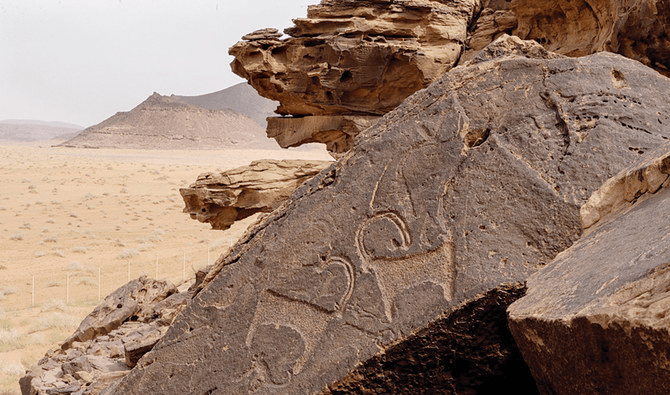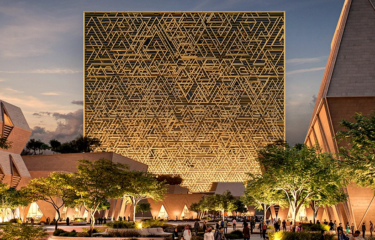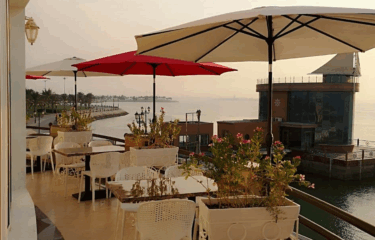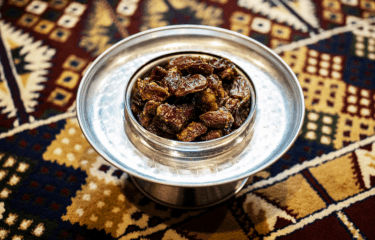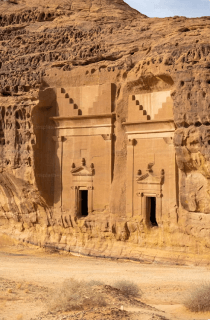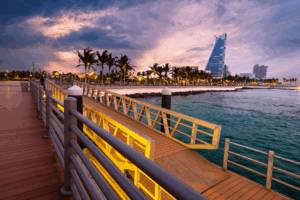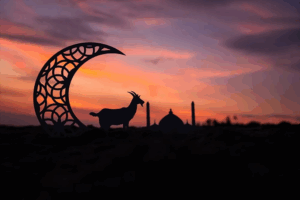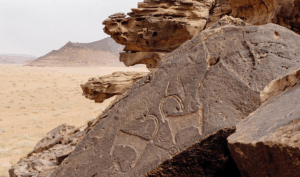Ha’il is one of those places where history is part of the everyday. It’s in the buildings, the markets, the mountain paths. You don’t need to look far to find it. It’s there in plain sight.
Walk through the old palaces and you’ll start to see how the city once ran. Step into the museum and you’ll find the tools people used in their homes. Out in the desert, carvings on rock walls tell stories older than any book.
This guide brings together the key heritage sites in Ha’il. The ones that still carry the memory of how life once was. It gives you the context, the background, and just enough direction so you can experience these places on your own terms.
UNESCO Rock Art in Jubbah and Shuwaymis
The rock art in Ha’il is among the most important in the world. These carvings, found in Jubbah and Al-Shuwaymis, are more than 8,000 years old. They show early life in the Arabian Peninsula—scenes of cattle, hunters, and wildlife that once thrived in a much greener landscape.
Jubbah, located near Jabal Umm Sinman, was once a lake. Ancient people left behind petroglyphs that show how they lived, what they hunted, and what they believed in. You’ll see long-horned cattle, human figures, and later, deer and ibex, as the climate shifted.
Al-Shuwaymis sits farther south and is filled with carvings on black volcanic rock. The art here is vast—thousands of symbols and figures telling stories of adaptation, movement, and connection to nature.
Barzan Palace
Barzan Palace was once the heart of Ha’il’s leadership. Built in the early 1800s, it held royal gatherings, visiting guests, and family life within its large compound.
The palace was structured across three levels. The ground floor had gardens and reception areas. The upper floors were used for formal meetings and family quarters. Though parts of the palace are in ruins, the site still gives a sense of Ha’il’s political and social importance.
Al Qishlah Castle
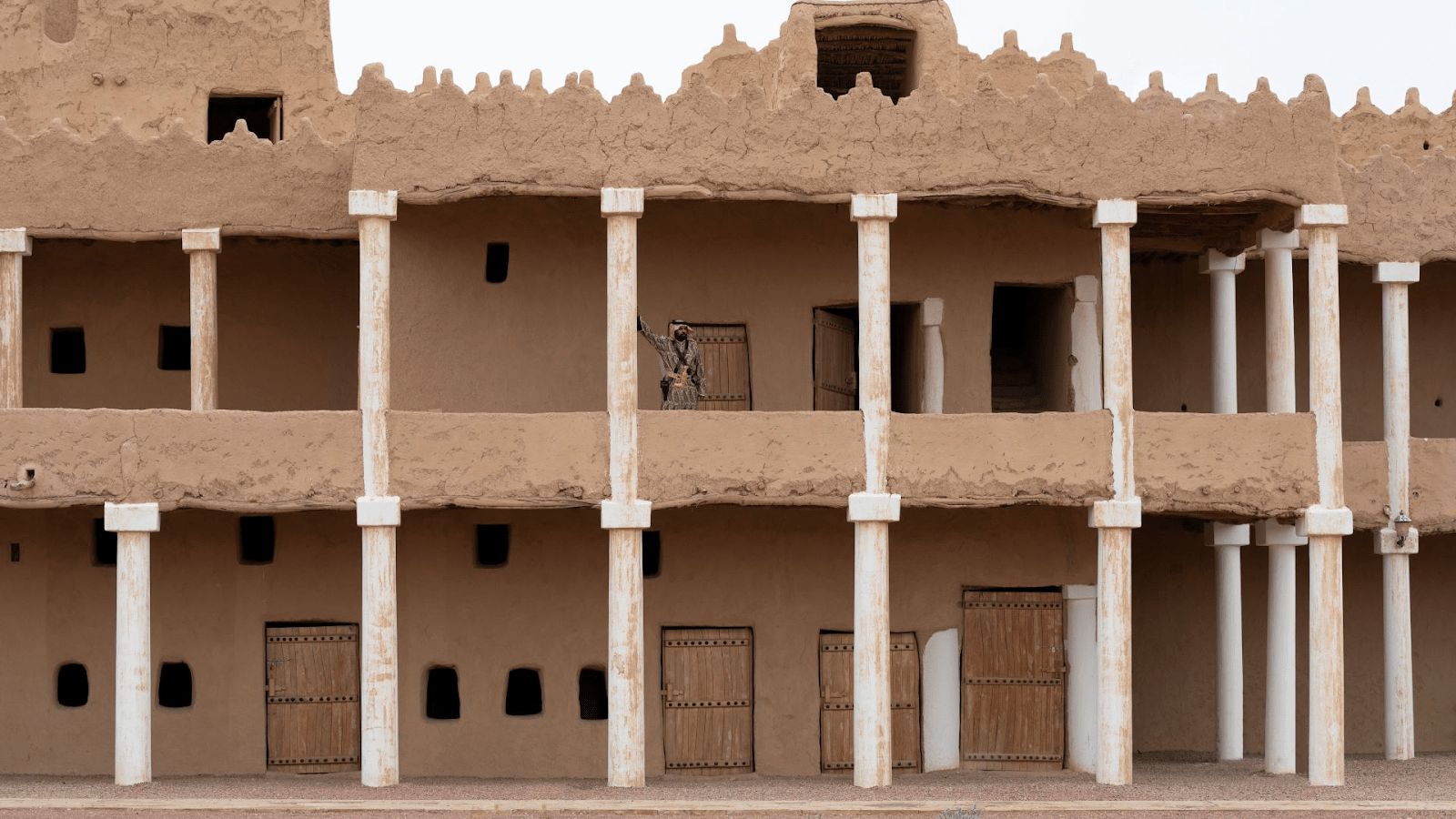
In the center of Ha’il is Al-Qishlah Castle. Built in the 1940s, its thick mud-brick walls and tall watchtowers once guarded soldiers and weapons. The word “Qishlah” means barracks in Turkish, pointing to its military roots.
Today, the palace stands as a quiet monument. Inside, there are wide courtyards, shaded corridors, and small rooms that once held troops. Its preservation adds to the growing recognition of heritage sites in Ha’il and their role in Saudi Arabia’s story.
Aja and Salma Mountains
Ha’il’s mountains, Aja and Salma, shape the skyline and the stories of the region. These peaks are made of granite and volcanic rock, rising from the desert like markers of time.
The area is tied to a pre-Islamic legend about two lovers, Aja and Salma, whose families kept them apart. The story says each died on one of the mountain peaks. Locals still share the tale, adding a human thread to the dramatic natural landscape.
The mountains also support desert wells and unique plant life. They hold environmental and cultural value, drawing hikers, historians, and storytellers alike.
Ha’il Heritage Museum
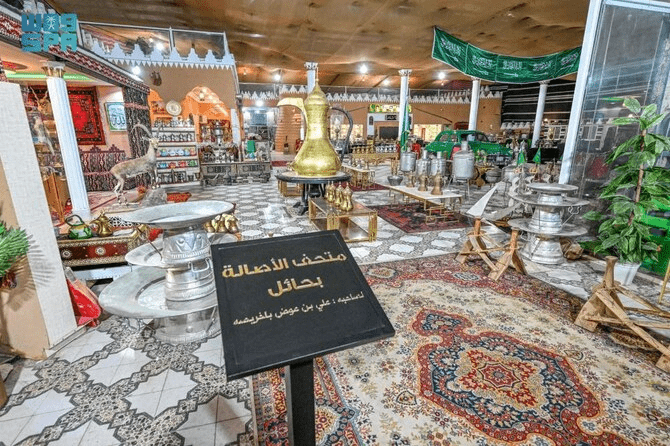
For a closer look at everyday history, the Ha’il Heritage Museum is a must-visit. It’s filled with personal items—cooking tools, textiles, radios, pottery, and photos. Each one adds to the picture of how people in Ha’il lived, worked, and created.
The museum is one of the must-visit heritage sites in Ha’il as it walks you through domestic life, communication, and local geology. It’s quiet and detailed, built less around grandeur and more around honest glimpses of the past.
Traditional Markets
Markets in Ha’il still hold on to their traditional pulse. You’ll find spices, ghee, dates, honey, truffles, and herbs. But the experience is more than the goods. It’s in the rhythm of exchange, the way people greet one another, the storytelling that happens at every stall.
For visitors, these markets offer a chance to feel Ha’il’s culture in action. They’re places where history and daily life overlap naturally.
Villages That Carry the Past
Beyond the main city, heritage villages keep older customs alive. Some have restored mud homes, workshops, and open areas for seasonal events. These villages are living spaces where traditional crafts, foods, and rituals continue with care.
Listening to the Land

The heritage sites of Ha’il leave space for your own reflections. They invite quiet observation. The silence in the mountains, the stillness in a museum room, the slow moments in a local market—these are the ways Ha’il shares its past.
Its stories aren’t loud, but they stay with you. For anyone trying to understand the soul of Saudi Arabia, this is a place where time and tradition meet. The heritage sites in Ha’il still feel alive.
FAQs
What are the top heritage sites to visit in Ha’il, Saudi Arabia?
Ha’il is home to many significant heritage landmarks, including the UNESCO-listed rock art in Jubbah and Shuwaymis, Qishlah Palace, Barzan Palace, the Aja and Salma Mountains, and the Ha’il Heritage Museum. These sites reflect the region’s deep cultural history and offer meaningful insights into Saudi Arabia’s past.
Why is the rock art in Jubbah and Shuwaymis considered important?
The rock carvings in Jubbah and Shuwaymis date back more than 8,000 years and are recognized by UNESCO. They show scenes of early life in the Arabian Peninsula—animals, hunters, and symbols carved into stone—and help researchers understand how people once lived in what was a greener landscape.
Is Ha’il worth visiting for cultural tourism?
Yes. Ha’il offers some of the richest heritage tourism experiences in Saudi Arabia. Its historical sites, museums, mountains, and traditional markets provide a grounded and authentic connection to the region’s past, making it a great destination for culture-focused travelers.
Can you still see traditional architecture in Ha’il?
You can. Sites like Qishlah Palace and Barzan Palace preserve traditional Saudi architecture, while restored villages and markets continue to use local building methods like mud-brick walls and open courtyards. These places give a clear picture of Ha’il’s architectural history.
What makes the Aja and Salma Mountains special in Ha’il heritage?
The Aja and Salma Mountains are more than just scenic. They’re tied to ancient legends and have been part of local storytelling for generations. Their dramatic peaks and desert wells are part of Ha’il’s natural heritage, adding both environmental and cultural depth to the region.
Follow us on Instagram for daily travel inspiration and untold stories from the Kingdom. Want more? Explore more experiences and stories in our History and Heritage category.
This article is brought to you by Soul of Saudi — a Saudi travel blog dedicated to uncovering the heart and soul of the Kingdom.

